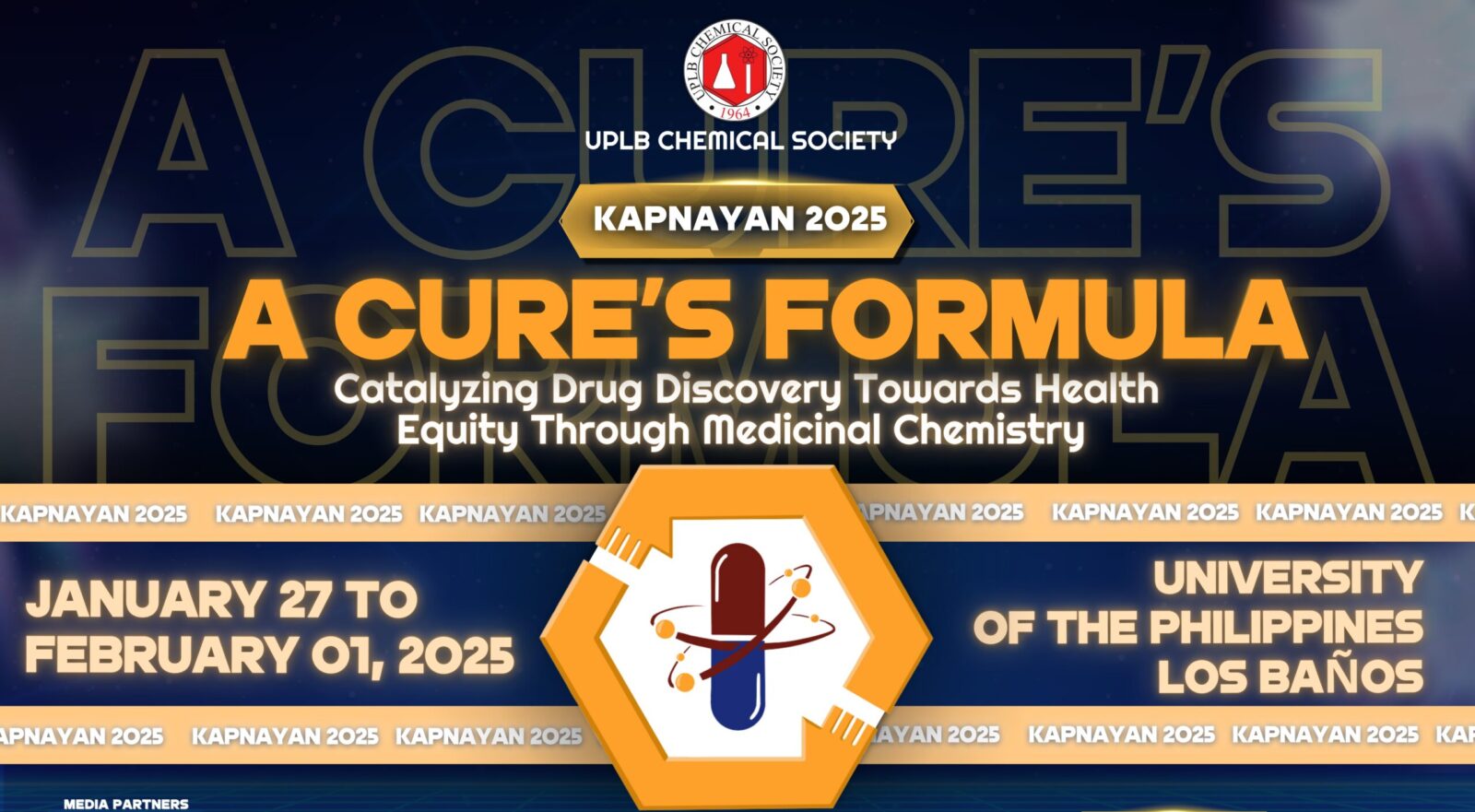
In line with the mandate to effectively disseminate science and technology (S&T) information to the general public, the Department of Science and Technology-Science and Technology (DOST-STII) conducted a two-day training-workshop on popularized science writing on October 29-30, 2024, at the DOST-Industrial Technology Development Institute’s Science, Technology, Innovation, Culture, and the Arts Knowledge Management (STICA KM) Platform.
The training session brought together 30 employees from DOST-STII, representing a diverse range of expertise, including information technology, finance, library science, and communication. The participants hailed from the agency’s Information and Analysis Resources Division, Finance and Administrative Division, Communication Resources and Production Division (CRPD), and Office of the Director- Management Information System and Planning Section.
Science communication fundamentals
Rodolfo P. de Guzman, Chief of CRPD, discussed the basics of science writing. His discussion primarily focused on popularizing compelling science stories for general publication.
According to de Guzman, science writing is the art of weaving a narrative that combines data and information in a way that is easily understood, highly appreciated, and engaging, with the goal of raising public awareness of science and technology. He also emphasized the six ingredients of a good story: prominence, importance, human interests, timeliness, proximity, and meaning.
Meanwhile, Mikael Angelo S. Francisco, co-founder and editor-in-chief of FlipScience.ph, shared his expertise in crafting engaging science content using digital platforms. In his discussion, he presented seven elements of good science writing: significance, clarity, inquiry, exactitude, novelty, credibility, and empathy.
Francisco encouraged participants to write science stories that align with their interests, guided by principles and strategies he provided, including search engine optimization, consideration of readers’ short attention spans, proper grammar to enhance credibility, and the inclusion of relevant links.
‘Anyone can be a science communicator’
In opening their lectures, the two speakers revealed that they come from backgrounds outside of science communication and journalism.
Despite having an academic background in business administration instead of a science- or journalism-related background, de Guzman was able to develop his expertise as a science communicator through more than a decade of professional experience. This ultimately led him to attain the highest position within DOST-STII’s information arm.
On the other hand, Mr. Francisco, who holds a degree in communication research, said that his interest in science and passion for sharing scientific knowledge motivated him to pursue science journalism. “I’m not a journalist by training and I don’t have a scientist background, but I think there’s value in sharing my experiences because I want people to know that anyone can be a science communicator.”—Rudy Parel Jr., Esther Keziah M. Rapas, Irene Alis-Brillo, Mark Jayson U. Sison, and Jozah L. Avanzado, DOST-STII/MF






